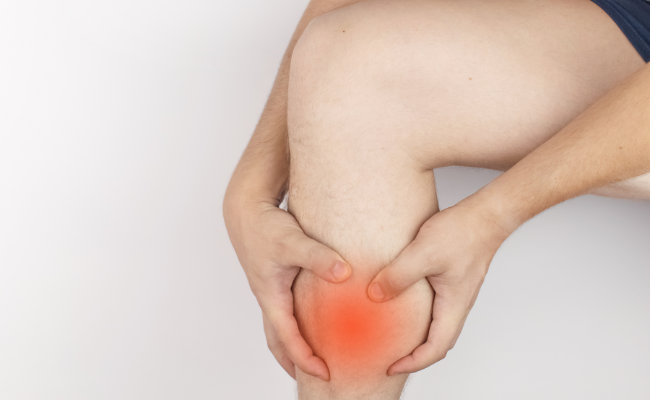How to Treat Sprains And Strains?
- December 01, 2023
- No Comments

What are Sprains and Strains?
Sprains and strains, frequently encountered musculoskeletal injuries arising from diverse activities, are often used interchangeably despite involving distinct components of the musculoskeletal system. A sprain arises from damage to ligaments, tough connective tissue bands linking bones. Conversely, a strain occurs when muscles or tendons, connecting muscles to bones, undergo stretching or tearing.
These injuries collectively referred to as sprains and strains encompass damage to ligaments, tendons, and muscles, with similar symptoms but impacting various body parts. Fortunately, individuals can typically administer treatment for both sprains and strains within the comfort of their homes.
Why Sprains and Strains causes risk?
Sprains and strains can be caused by a variety of factors, with one of the primary culprits being the application of sudden or excessive force to the body. This force can lead to the overstretching or tearing of ligaments, muscles, or tendons. Activities such as sports, exercise, or even routine movements like lifting heavy objects can trigger these injuries.
Several risk factors contribute to the occurrence of sprains and strains. Poor conditioning, inadequate warm-up before physical activities, and overall fatigue increase the vulnerability of the musculoskeletal system to injuries. Additionally, improper technique during exercises or activities can put undue stress on the ligaments and muscles, making them more susceptible to damage. Individuals with a history of previous injuries or weakened musculoskeletal structures are also at a higher risk.
How to Recognize Symptoms and give Initial Care:
- Recognizing the symptoms of sprains and strains is essential for initiating prompt and effective care. The most common signs include pain, swelling, bruising, and difficulty moving the affected area. In severe cases, individuals may experience a popping or tearing sensation at the time of injury.
- Immediate care is crucial to minimize the impact of the injury and facilitate the healing process. The R.I.C.E. method—Rest, Ice, Compression, and Elevation—provides a structured approach to initial care. Resting the injured area prevents further damage, while applying ice helps reduce swelling and numb pain. Compression with a bandage provides support to the injured area, and elevating the affected limb minimizes swelling.
Treatment Solutions:
- While the R.I.C.E. method is effective for initial care, more comprehensive treatment is often necessary for complete recovery. Physical therapy plays a pivotal role in the rehabilitation process. A qualified physical therapist can design a personalized exercise program to improve strength, flexibility, and range of motion in the injured area. This not only aids in recovery but also reduces the risk of future injuries.
- In some cases, medical professionals may recommend medications to manage pain and inflammation. Nonsteroidal anti-inflammatory drugs (NSAIDs), such as ibuprofen, are commonly used for this purpose. However, it's crucial to consult a healthcare provider before taking any medication to ensure it is appropriate for the specific injury and individual health conditions.
- For severe sprains and strains that involve significant ligament or muscle damage, surgery may be a necessary option. Surgical intervention aims to repair torn tissues and restore stability to the affected joint or muscle. While surgery is typically reserved for extreme cases, it can be a vital option for those with severe injuries that do not respond to conservative treatments.
Benefits of Timely and Proper Treatment
- Timely and proper treatment of sprains and strains offer numerous benefits for individuals on the path to recovery. One of the primary advantages is the prevention of chronic issues. Without appropriate care, injuries may not heal correctly, leading to long-term pain, weakness, and instability in the affected area. Proper treatment minimizes these risks, promoting a full and lasting recovery.
- Another significant benefit is the restoration of functionality. Through rehabilitation exercises and targeted interventions, individuals can regain strength, flexibility, and range of motion in the injured area. This not only enhances overall mobility but also reduces the likelihood of future injuries.
- Moreover, seeking prompt treatment for sprains and strains contributes to a faster recovery. Early intervention helps address the underlying issues, reducing the time needed for healing and allowing individuals to return to their regular activities sooner.
Comments (0)